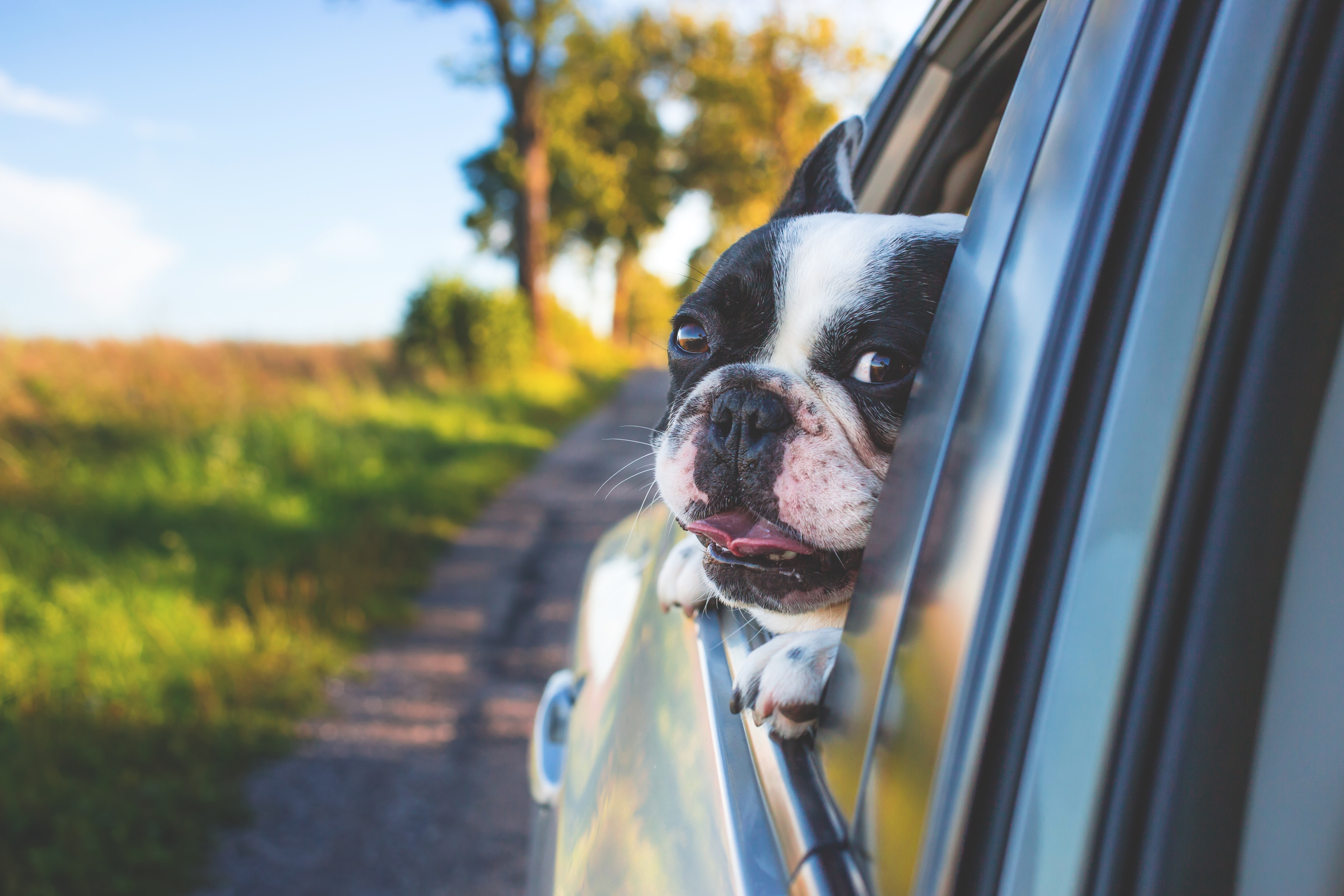
Moving is always stressful for pets. Picking up and moving from one home to another changes everything about their world from how it smells to who they’ll meet and how they’re expected to behave. You can sit down and explain the move to them, but sweet as your pets are, we simply don’t speak the same language!
Even the most well-behaved animals might hide under furniture, run away, or bark at the movers during a move, and very few pets like being bundled into a carrier to make the actual trip, especially if it involves a plane. So today we’re here to help you build a plan that will help you maintain your pet’s safety and happiness during the move so they arrive at their new home relaxed and ready to settle in.
1) Introduce Them to the Travel Carrier Early
Pets aren’t dumb, they know what that travel carrier means. If your pet only sees the travel carrier come out for vet visits, they will learn to fear it and distrust anyone seen wielding the carrier. Alternatively, if you’ve never loaded your pet into a carrier, they won’t know what to make of it and are more likely to be nervous. To achieve a happy move, get the carrier out at least a couple weeks ahead of time while you’re packing and put your pet’s food and water bowls inside.
Coax your pet into the carrier and reward them with petting and treats. You may consider making the carrier their temporary ‘new bed’ with familiar blankets and toys. When they get used to the carrier, start closing it up and moving it from room to room, then open it and resume rewards. This will get them used to both being in the carrier and being moved while inside it.
2) Have a Plan If You Hire Movers
Movers and pets rarely get along. Cats run from them, dogs bark at them, and occasionally there is a slash or bite that makes everything more complicated. Pets are also more likely to temporarily run away as movers leave doors open to do their work. This means you need a plan that doesn’t involve locking your pet up in the carrier the whole time.
The Pet-Room Method
The first approach involves closing your pet in an empty but familiar room. Pack up the room entirely before the movers arrive and remove everything that will need to go into the moving truck. Then put your pet’s bed, blanket, and food bowl in the room. Close them in before the movers arrive and instruct them not to open that particular door. Back this up with a helpful sign written in marker and taped on the door at eye-level: “Pet Room. Do Not Enter. Nothing to Move Here”. Make sure to go in and check on your pet frequently to ensure they remain calm.
The Petsitter Method
Your other options is to sequester your pets somewhere safe on the day strangers will be tromping back and forth through the house. Ask a friend, relative, or even a friendly fellow-pet-owning neighbor to take temporary custody of your furry friends. This will allow your pets to have a ‘vacation’ day elsewhere while things that would upset them happen in the home.
3) Pack a Pet Overnight Bag
Overnight bags are the key to moving happiness for both people and pets. Just as you want access to a few changes of clothes and your toiletries while everything else is packed up, your pet will need a few things during the move as well. Pack them a special overnight bag with collapsible bowls, enough food for a few days, a bag of treats, their favorite toys, and any of their bedding that is not in the carrier.
4) Transport Them With You
Pets can get very nervous when their carrier is loaded into a vehicle, even if you have done the friendly carrier training to familiarize them with the environment. Moving, chaos, and not being able to see their owner can frighten even the most stable pets. This means that the best way to move your pets is to stay with them as much as possible. If you are driving, bring them with you in the car and task a friend or family member to sit in the backseat and offer reassurances. If you are flying, it may be necessary temporarily part with your pet, but resume full comforting custody the moment you can retrieve them from cargo and all the way to the new house.
5) Personalize and Secure a Space
Finally, be aware that moving in is even more dangerous for run-aways than moving out. Not only will doors be left open for moving boxes and furniture, but your pet is now in a new and unfamiliar neighborhood. To keep them safe and begin letting them adapt to the new home, prepare a room or secure the yard to be theirs at least during the move-in process and take them there to open the carrier. If you want to introduce them to the whole home, do so carefully at first and keep them on a leash just in case of open doors and windows.
Your pet may be uncomfortable with the moving process but by preparing carefully, you can make sure they experience the least stress possible and enjoy many treats and head scratches along the way. Soon enough, you and your furry friend will be relaxing and getting used to the new home together and they will learn to love it as much as you do.
